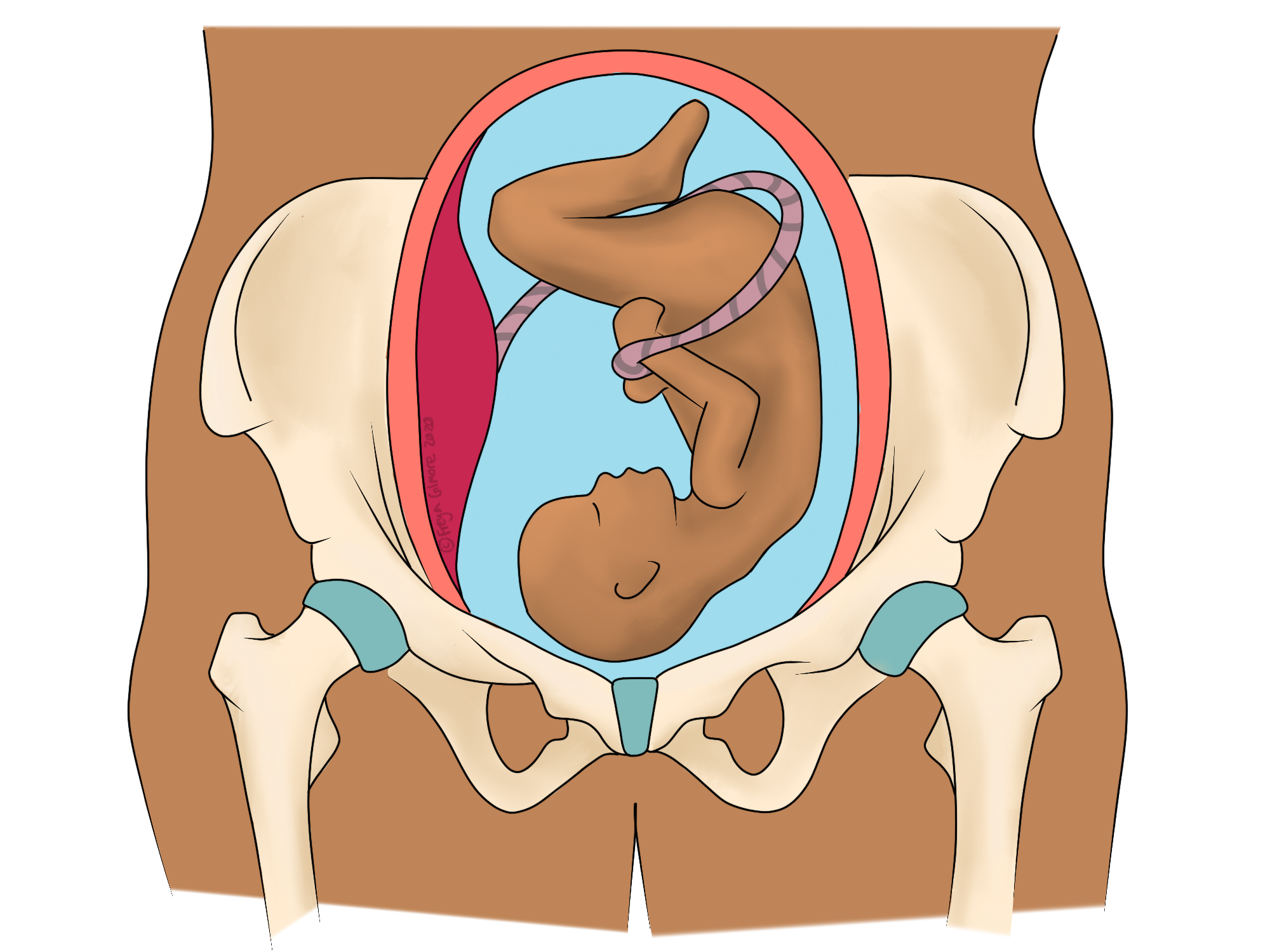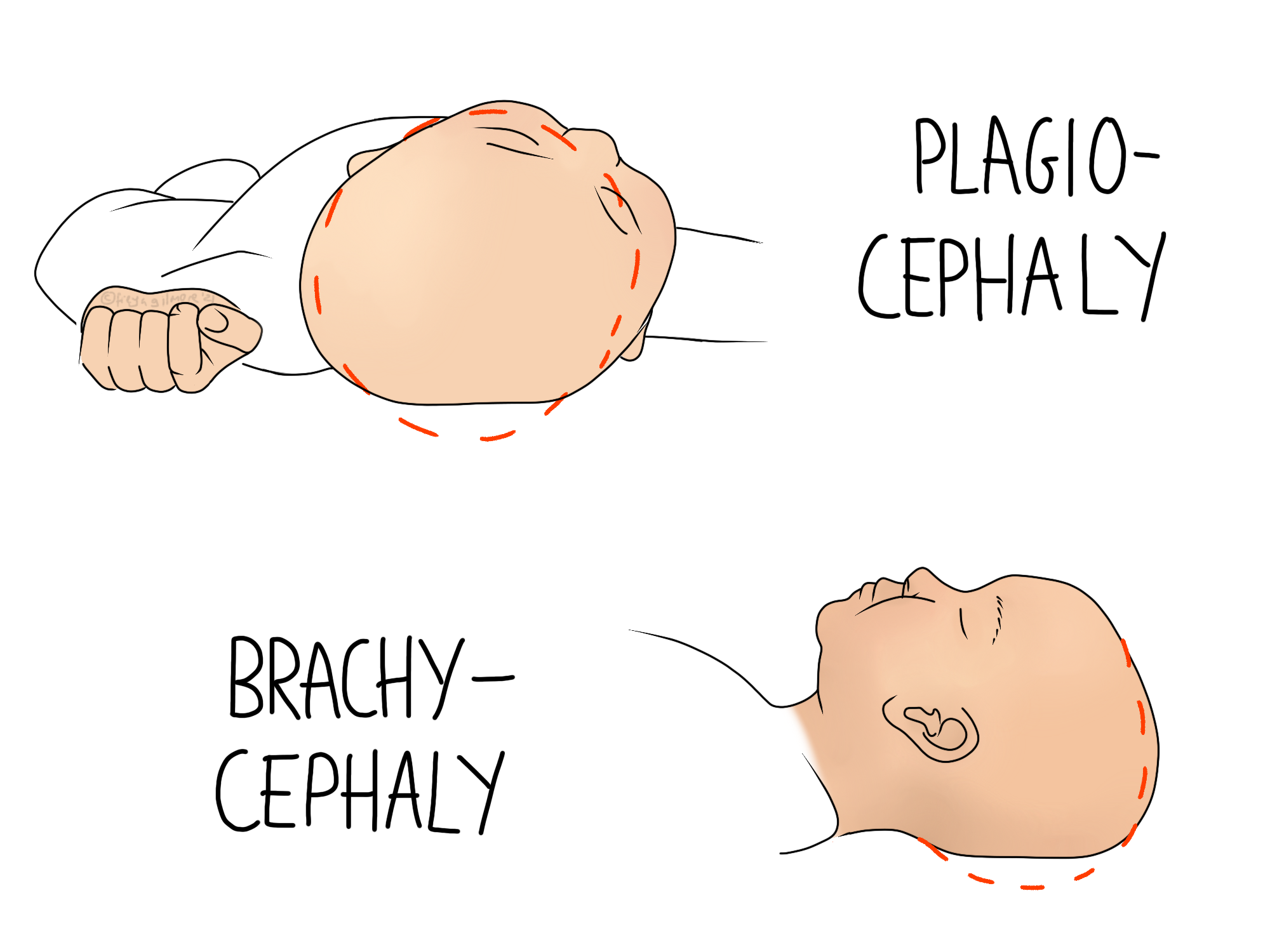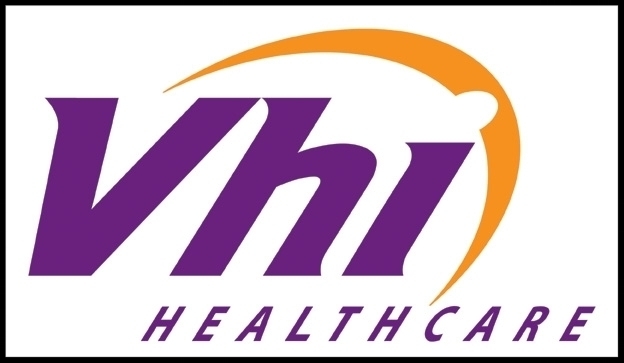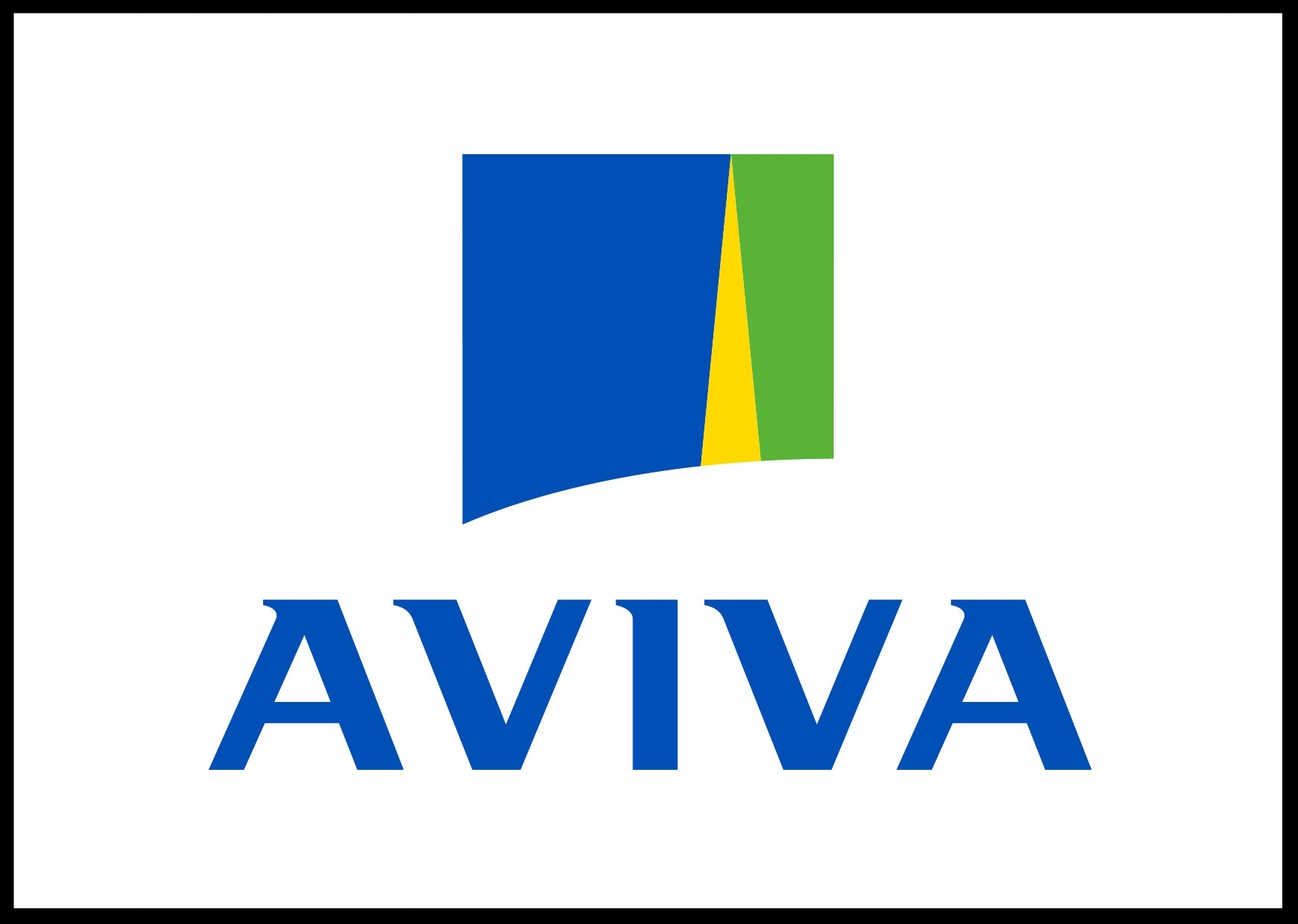Tennis elbow is the common name for lateral epicondylitis. The epicodyle is part of the humerus (upper arm bone) that sits close to the elbow. It is where the muscles attach that control wrist movement. The "-itis" in the name refers to the inflammation that occurs in the condition, which is focused around the connection between the muscle and the bone.
"Tennis" Elbow
Despite the name, the condition can develop without the patient ever having touched a tennis racket. The muscles that become problematic are the same that are used in a backhand swing, but of course this is not all they are used for. Moving a heavy kettle or pan of water can put demand on the same muscles, known as the wrist extensors.
Golfer's Elbow
The opposite side of the arm can be affected in the same way. This is medial epicondylitis, colloquially known as "golfer's elbow". As before, you can develop this condition without playing the sport it is named after. Wrist flexion could be overused when carrying large shopping bags that would drag on the floor unless you engage your wrist. Even carrying a child for a long time could require extra work from these muscles.
The Process
Rather than tennis elbow being an example of a tight muscle, it's a process beyond that. If the muscle is tight or strained enough for long enough, it can begin to irritate the join between muscle and bone. This causes inflammation, at which point symptoms can change. Whereas before there might have just been some local aching or tenderness in the muscle, the pain may become more deep and persistent. Inflammation often responds well to a cool compress whereas simple muscle tightness often prefers heat. Your osteopath will ask if you've found anything that makes the symptoms better or worse, so these factors can be quite telling.
Osteopathy and Tennis Elbow
Your osteopath will take a holistic approach at managing your pain. We want to get to the bottom of why the condition developed in the first place, as well as providing relief. Treatment itself might involve massage techniques to the affected muscles, as well as mobilising techniques for the elbow and wrist joints. Self management can be really important here, especially if the cause is identified as a factor that could be modified.
When epicondylitis is actually related to racket sports, sometimes it can respond to a simple change in the grip. If you racket's grip is skinny, it asks the affected muscles to work harder just to hold on, predisposing the problem before the game has even started. Wrapping the handle with an additional roll of grip tape might ease the load enough for you to continue playing while getting better.
If your symptoms are worse in the morning, it might be related to your sleeping position. We don't often recommend braces to immobilise joints, but in this case it might be appropriate. An off-the-peg wrist brace can sometimes be a good way to prevent tension in the affected muscles overnight, especially if you find that you sleep in a curled up position. You won't be wearing the brace while awake, as general movement is key to maintaining strength and mobility. It also helps to move the inflammation along.
Click here to make an appointment for your tennis elbow in Naas
